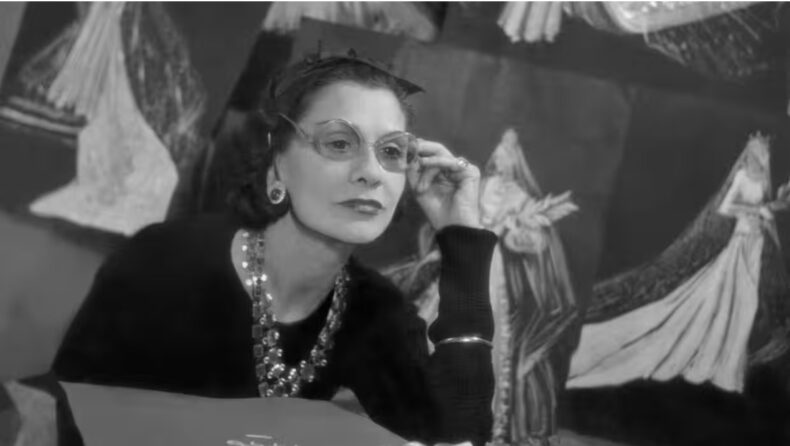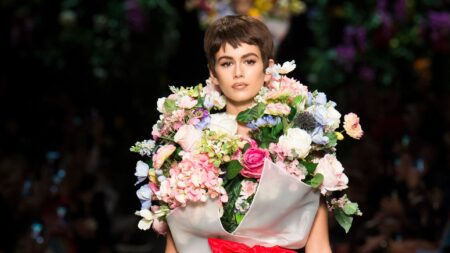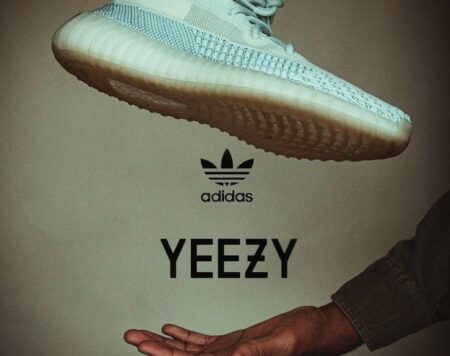A new BBC documentary releasing soon will uncover the many facets of Coco Chanel, the legendary fashion designer, including her Nazi connections.
Table of Contents
Cross-dresser, feminist hero…..Nazi collaborator?
Broadcasting on 15th September on the BBC2 channel, “Coco Chanel Unbuttoned” will depict the French design mogul as the ultimate opportunist and a gifted influencer, shaped by her journey from a tough upbringing to amassing great wealth and fame as a designer and businesswoman.
Other than revealing the craft and brainstorming that went into drumming up iconic fashion innovations like the tan, the diet, the no 5 perfume worn by celebrities like Monroe and Warhol, and the “little black dress”, the documentary takes a deep dive into the many guises adopted by her during the warring years of the ’40s in France. Documents implicating her as a Nazi collaborator have already been widely circulated, but the film also brings forth recent evidence of her potential exploits on the flip side as a French operative working against the Nazis.
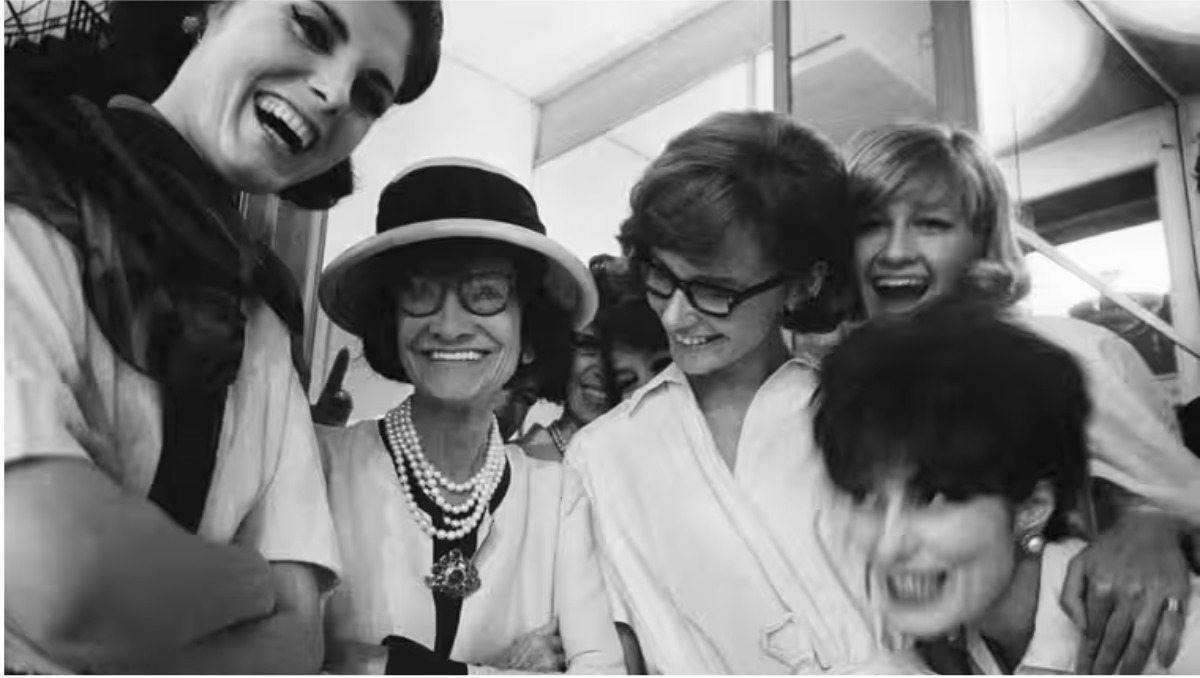
Filmmaker Hannah Berryman commented on the need of some audiences to have their favourite artists to also be “good people” and while she understood the sentiment, denied that people are ever really “neatly good or bad”.
More insights on Chanel on the way
Other than the documentary, the upcoming months are lined up to shine even more light on Chanel, with an exhibition at the Victoria & Albert Museum, London scheduled for next week, while an Apple TV+ drama series, “The New Look”, will delve into Chanel’s rivalry with French compatriot and fellow designer Christian Dior, set to release later this year. An updated version of her biography “The Legend and the Life”, written by Justine Picardie, is also in the works, with the additions focused on balancing her shoulder-rubbing with the Nazis by including her efforts for the French resistance.
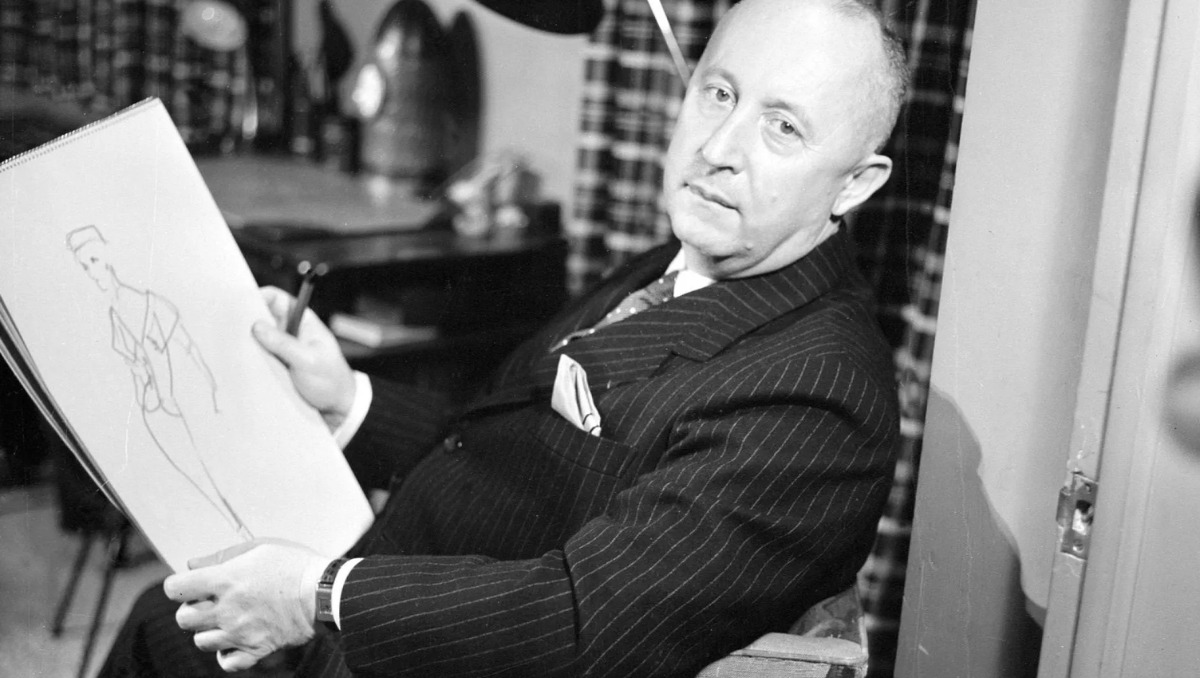
What the documentary talks about
Chanel’s romance with French illustrator and nationalist Paul Iribe, and controversially, with Nazi officer Hans Gunther von Dincklage, is extensively covered in the documentary, but with new questions raised with regards to her motives behind colluding with right-wing figures. It is believed that she set up links with Nazi officers to push them into releasing her nephew, Andre Palasse, a prisoner-of-war held in Germany. Palasse was the son of one of her late sisters and was primarily raised and doted on by Chanel, dying 10 years after her aunt in 1981.
The documentary also charts out a link between her friendship with Winston Churchill and her early release from prison on grounds of Nazi collusion after Paris was liberated. Chanel was described as “fit to rule a man and an empire” by Churchill, perhaps providing more support to Chanel’s role as an asset to the Allied Forces.

Coco Chanel, was born Gabrielle Chanel in 1883, and was raised in the abbey of Aubazine, Correze in central France, where she was raised by nuns after her mother’s death when she was 11, and after her wayfaring salesman father abandoned her. Oriole Cullen, the curator of the upcoming Chanel exhibition in V&A London, pointed to this difficult childhood as producing an effect on Chanel, instilling a deep-seated inclination towards self-preservation and right-wing ideals. The designer, she said, was a survivor who grabbed any opportunity to move forward in life.
But the documentary attempts to dig deeper than just psychoanalysis, revisiting her early convent days to unearth clues and memories that would go on to create Chanel’s legend, like the stained glass window inspiring the iconic interlocked Cs logo, while the nuns’ black and white outfits and rosary beads could be connected to her preferred colour palette and her affinity with pearls during her designing days. Berryman was “surprised” that people trying to document Chanel’s life haven’t focused on the abbey where she grew up, noting that the House of Chanel is perhaps making up for lost time now by restoring the place.
Her fashion empire gained footing initially with hats in 1913, while moving onto dresses later, revolutionising the field by doing away with the corset-centric designs from the Edwardian era into something more comfortable yet elegant. However, Chanel was aware that constant change was needed to keep up with the burgeoning competition provided by designers like Jeanne Lanvin, Elsa Schiaparelli and Dior, stating how fashion “should die and die quickly” so that the industry could continue and not stagnate.







